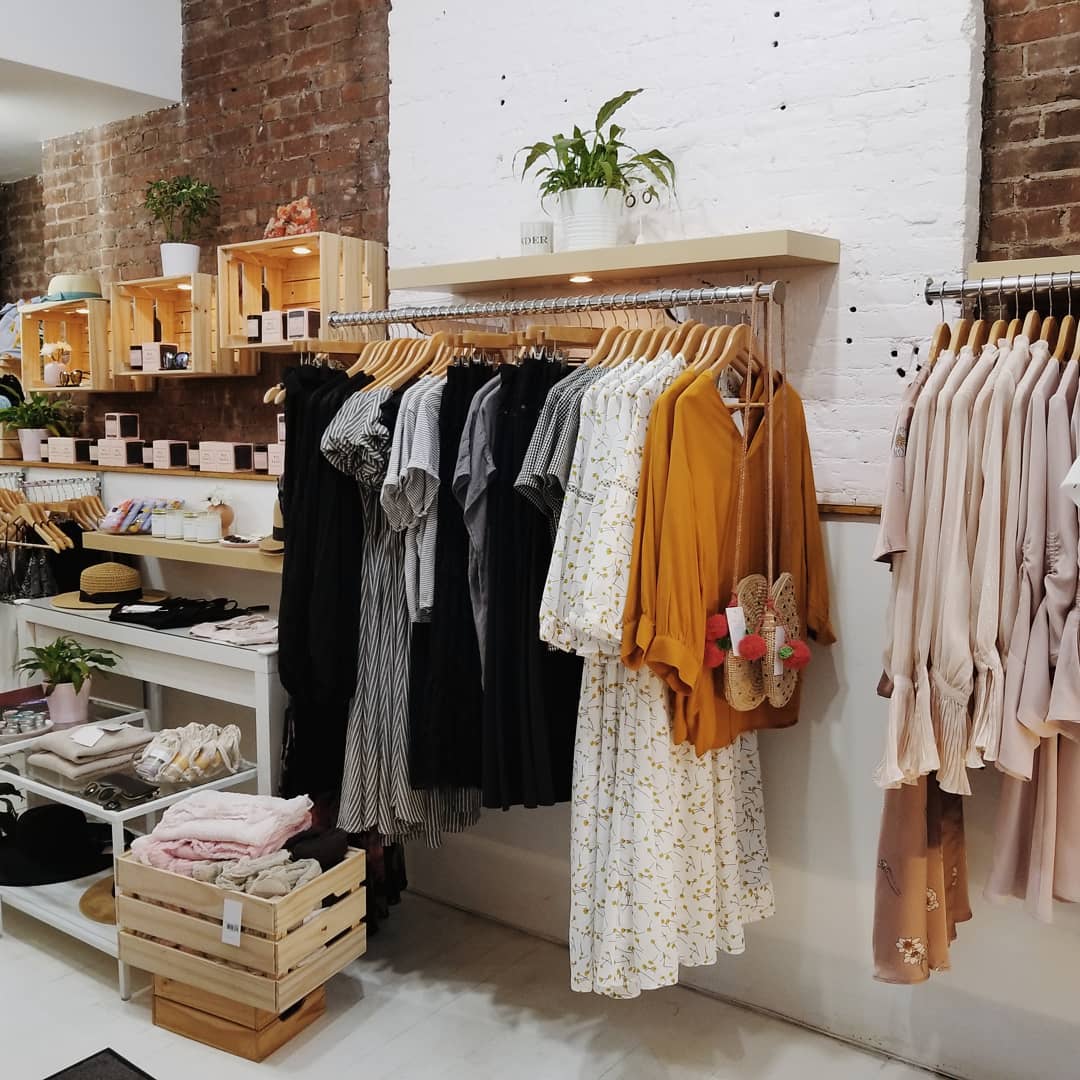Exploring the Advancement and Influence of Garments on Modern Style Trends
The advancement of clothes has actually significantly influenced contemporary style fads, combining historical precedents with sophisticated technologies. Iconic numbers like Coco Chanel and Yves Saint Laurent reinvented the apparel industry by presenting principles that focus on convenience and ease of access, which remain to resonate today. Meanwhile, technical strides in areas such as 3D printing and clever fabrics are redefining layout opportunities and consumer experiences. In addition, the growing focus on inclusivity and sustainability is reshaping sector requirements. As we take into consideration these multifaceted influences, one should question exactly how these aspects jointly redefine style's function in showing and forming modern society.
Historical Style Influencers
In the tapestry of style history, particular figures have actually left an enduring mark, forming the patterns and styles that specify entire periods. Coco Chanel, an innovative designer, redefined women's fashion by presenting comfortable, sophisticated apparel that left from restrictive corsets.
Elsa Schiaparelli is another essential number, renowned for her avant-garde styles that included surrealist art, collaborating with Salvador Dalí to create whimsical items that challenged standard aesthetic appeals. Her cutting-edge use color and vibrant patterns resounds in modern style. Yves Saint Laurent, on the other hand, democratized haute couture with prêt-à-porter collections, bringing runway styles to the masses and setting a precedent for modern-day ready-to-wear lines.
These enthusiasts, to name a few, not just transformed style in their times however additionally established enduring trends that resonate in today's apparel industry, providing a foundation whereupon modern designers remain to construct and introduce. Their traditions highlight the relevance of creative thinking and bold in style's ever-evolving story.
Technical Developments in Style
In the middle of the dynamic landscape of the fashion business, technological advancements stand at the forefront of advancement, improving exactly how designers create and customers engage with style. The assimilation of 3D printing has actually transformed layout procedures, enabling developers to explore complex frameworks and sustainable products that were previously impossible. This modern technology assists in rapid prototyping, reducing waste and expediting production times.

Smart textiles, installing innovation into fabrics, are additionally changing the industry. Developments like self-cleaning and temperature-regulating fabrics supply enhanced capability and convenience. Wearable technology, integrating features like physical fitness monitoring and interaction, includes a new dimension to style, merging aesthetics with practicality.
Social Changes and Style
As technical advancements continue to reshape the apparel industry, social changes are just as significant, redefining style and customer preferences. In recent times, the rise of social media sites platforms has actually increased the dissemination of global style fads, permitting diverse social influences to exist together and merge. This electronic interconnectivity has promoted the quick exchange of concepts, bring about a much more diverse and inclusive analysis of style that shows the multifaceted nature of modern-day society.
Social understanding and recognition have actually prompted designers to attract ideas from a wider spectrum of ethnic and historic contexts, integrating typical motifs with modern appearances. This combination has resulted in fashion that resonates with a wider audience, promoting a sense of identity and belonging across various demographics. Additionally, the boosting demand for personalization has driven brands to offer adjustable choices, enabling consumers to express individuality while showing their cultural heritage.
Furthermore, moving societal values have actually impacted fashion, with inclusivity and diversity ending up being central motifs. The market has actually started to embrace versions and influencers of various type of body, ethnic cultures, and sex identifications, difficult standard elegance criteria. This transformation underscores the power of cultural changes fit the future of style, as style ends up being an extra authentic expression of personal and cumulative identification.
Sustainability and Modern Design
While the style market proceeds to progress, the essential for sustainability has ended up being progressively immediate, influencing modern-day style practices. The surge of slow style, which emphasizes top quality over quantity, encourages customers to invest in timeless items instead than transient trends.
Additionally, modern-day design is identified by its development in reducing waste and advertising circularity. This technique not only alleviates environmental influence yet also enhances the social responsibility of fashion homes.

Future Trends in Fashion

Sustainability will remain to be a driving force in forming future fashion trends. The sector is progressively embracing green materials and ethical manufacturing methods, reacting to a growing customer demand for liable practices. Advancements such as bio-fabricated products and closed-loop recycling systems are established to redefine just how garments is created and taken in, decreasing ecological impact while keeping design and quality.
Cultural shifts, including the rise of inclusivity site link and variety, will additionally play a critical role. As society becomes extra mindful of social issues, fashion is anticipated to end up being a platform for expression and change. Developers will likely concentrate on producing collections that show a more comprehensive variety of identities and experiences, championing representation and availability.
Verdict
The evolution of clothing dramatically influences modern fashion patterns, where historic impacts merge with modern styles. This continuous development underscores fashion's duty as a mirror to societal values and technological improvement, suggesting a future rich with technology and inclusivity.
The advancement of apparel has actually dramatically affected contemporary fashion dig this trends, combining historical precedents with cutting-edge innovations.Among the dynamic landscape of the style market, technological advancements stand at the forefront of innovation, improving exactly how designers create and customers involve with fashion.While the fashion industry continues to evolve, the crucial for sustainability has ended up being significantly urgent, affecting contemporary design methods. As sustainability becomes embedded in contemporary layout, it leads the method for a more aware and accountable style sector.
The evolution of garments considerably influences modern fashion trends, where historical influences link merge with contemporary styles.